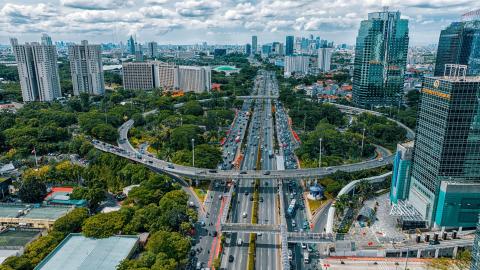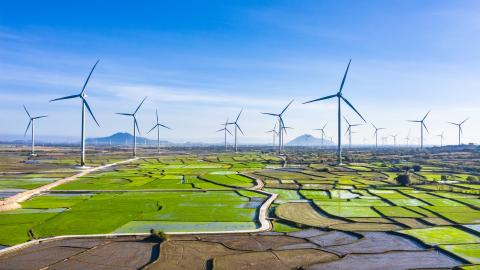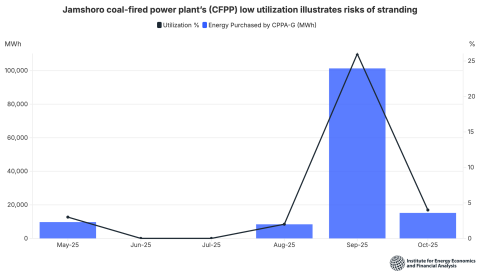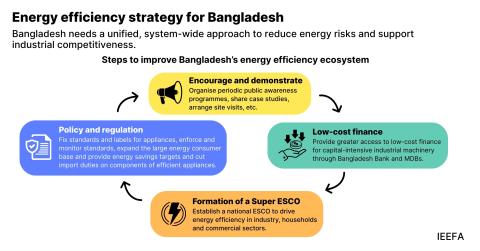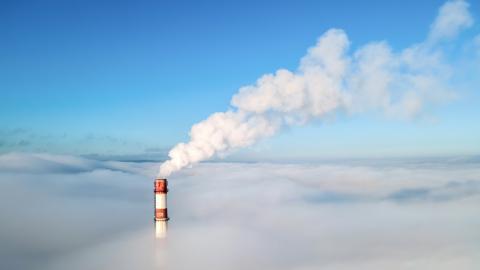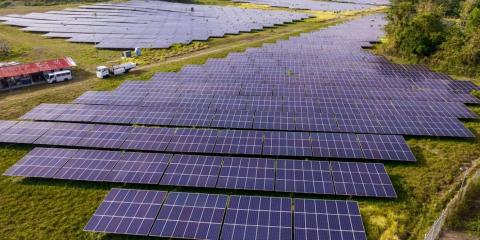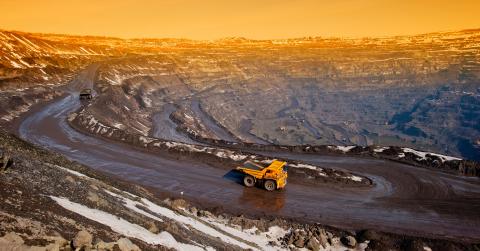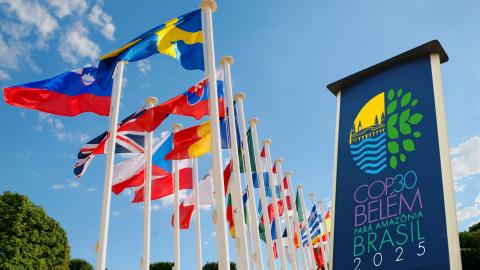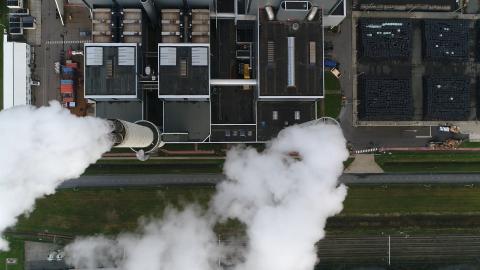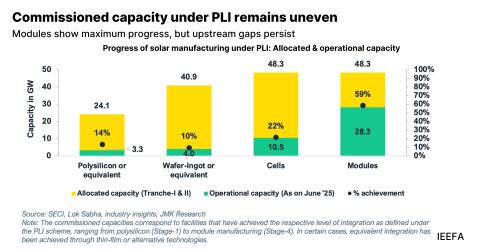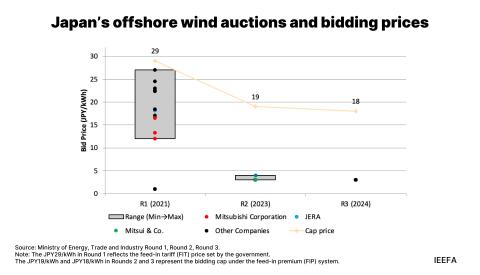Carbon capture delusion risks diverting South Australia from green iron and steel
Download Briefing Note
View Press Release
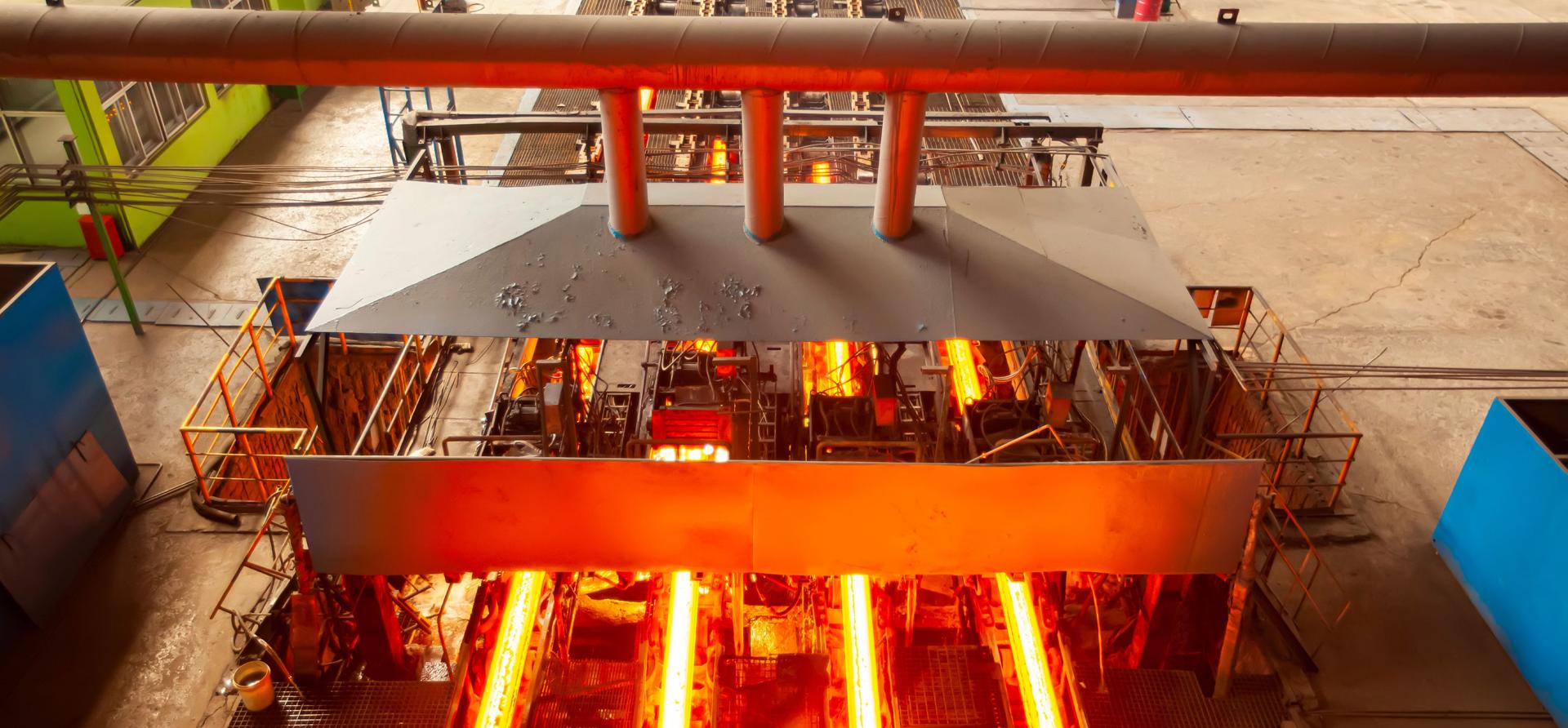
Key Findings
The South Australian government is being led by gas interests towards technology that cannot fulfil its Green Iron and Steel Strategy.
Contrary to a recent report from Infrastructure SA, carbon capture is not essential to decarbonise the iron and steel sector. The notion that CCS is “tried and tested” ignores the technology’s long track record of failure and significant underachievement.
Santos suitor ADNOC operates the world’s only commercial-scale CCS facility for steelmaking. It captures only about 25% of the steel plant’s emissions. In no way can the steel produced be considered “green”.
Locking into gas and CCS will cost South Australia its emerging green iron and steel opportunity because you can’t make green steel with gas.
South Australia’s ambition to become a world-leading green iron and steel producer could be jeopardised by shackling itself to deeply flawed carbon capture technology at the behest of the gas industry.
The SA government is considering a carbon capture and storage (CCS) plant to offset emissions at the embattled Whyalla steelworks as it transitions to green iron and steel production. A report for Infrastructure SA recommending CCS for Whyalla as part of a larger network in the state ignores the fundamental flaws and challenges of the technology. It also grossly overstates the potential of gas combined with CCS to rival green hydrogen-based steel production.
With its high-grade iron ore, SA has a world-leading opportunity to use direct-reduced iron (DRI) technology to process its reserves into iron for export and for further processing into steel at Whyalla. However, while both gas and green hydrogen can be used in direct-reduced iron (DRI) production, SA risks becoming locked into using gas and CCS, and with it the high costs, technical issues and failures that have plagued CCS projects worldwide.
CCS’s long track record of low capture rates means it cannot achieve the ~95% emissions reductions of green hydrogen-based steelmaking. The technology has a long history of failure and underperformance across all sectors where it has been applied. For iron and steel, the track record of CCUS is poor, and the outlook is very unconvincing.”
Adopting CCS in a bid to make iron and steel appear “green” will only make SA less competitive. Committing to gas-based DRI production and associated infrastructure, including CCS, could shut the state out of the global race to produce truly green iron and steel, for which some markets are already willing to pay a premium. SA would fall behind other countries such as Canada and Brazil, which have truly green iron and steel opportunities based on clean power grids.


